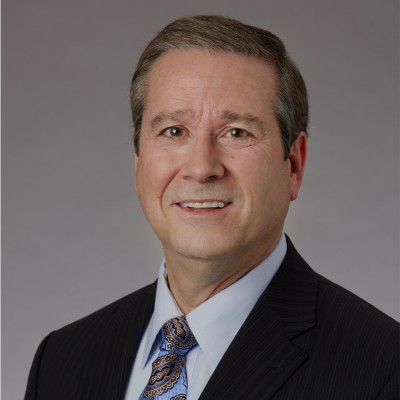- Video Library
- Larry Dentice Presents MUSE Microscopy at LSI USA '24
Larry Dentice Presents MUSE Microscopy at LSI USA '24

Larry Dentice
Currently serves as the CEO & Director of Smart Health Diagnostics Company (SHDC) and the President of MUSE Microscopy, Inc. In these commercialization roles he oversees the distribution of diagnostic and imaging platforms. With over 40 years of experience in the diagnostics imaging field, as a senior healthcare executive with proven expertise and experience in engineering, service, manufacturing, marketing, sales, and business operations. He has worked for several Fortune 500 companies in the past, including GE Healthcare where he was a member of the engineering teams responsible for developing and servicing of CT, MRI, and Nuclear Medicine products, this allowed him to advance into management positions at GE. He also worked at Philips Medical Systems, where he was responsible for the $4B imaging product portfolio, marketing, commercialization, sales, service, applications, and dealer networks. In addition, he served as the SVP and General Manager for the $3B medical imaging business at Toshiba America Medical Systems/Canon Medical Systems. This role included overseeing operations, engineering, product portfolio development, finance, marketing, HR, sales, and service. He was also the President of the imaging division at Esaote, where he was responsible for operations, finance, marketing, sales, and dealer network of the ultrasound and MR product portfolio.
Furthermore, he has held positions and board seats for the Radiological Society of North America (RSNA), the Medical Imaging & Technology Alliance (MITA), a division of the National Electrical Manufacturers Association (NEMA) and Phillips/ De Lage Landen finance board member.
Larry Dentice
Currently serves as the CEO & Director of Smart Health Diagnostics Company (SHDC) and the President of MUSE Microscopy, Inc. In these commercialization roles he oversees the distribution of diagnostic and imaging platforms. With over 40 years of experience in the diagnostics imaging field, as a senior healthcare executive with proven expertise and experience in engineering, service, manufacturing, marketing, sales, and business operations. He has worked for several Fortune 500 companies in the past, including GE Healthcare where he was a member of the engineering teams responsible for developing and servicing of CT, MRI, and Nuclear Medicine products, this allowed him to advance into management positions at GE. He also worked at Philips Medical Systems, where he was responsible for the $4B imaging product portfolio, marketing, commercialization, sales, service, applications, and dealer networks. In addition, he served as the SVP and General Manager for the $3B medical imaging business at Toshiba America Medical Systems/Canon Medical Systems. This role included overseeing operations, engineering, product portfolio development, finance, marketing, HR, sales, and service. He was also the President of the imaging division at Esaote, where he was responsible for operations, finance, marketing, sales, and dealer network of the ultrasound and MR product portfolio.
Furthermore, he has held positions and board seats for the Radiological Society of North America (RSNA), the Medical Imaging & Technology Alliance (MITA), a division of the National Electrical Manufacturers Association (NEMA) and Phillips/ De Lage Landen finance board member.

17011 Beach Blvd, Suite 500 Huntington Beach, CA 92647
714-847-3540© 2025 Life Science Intelligence, Inc., All Rights Reserved. | Privacy Policy







